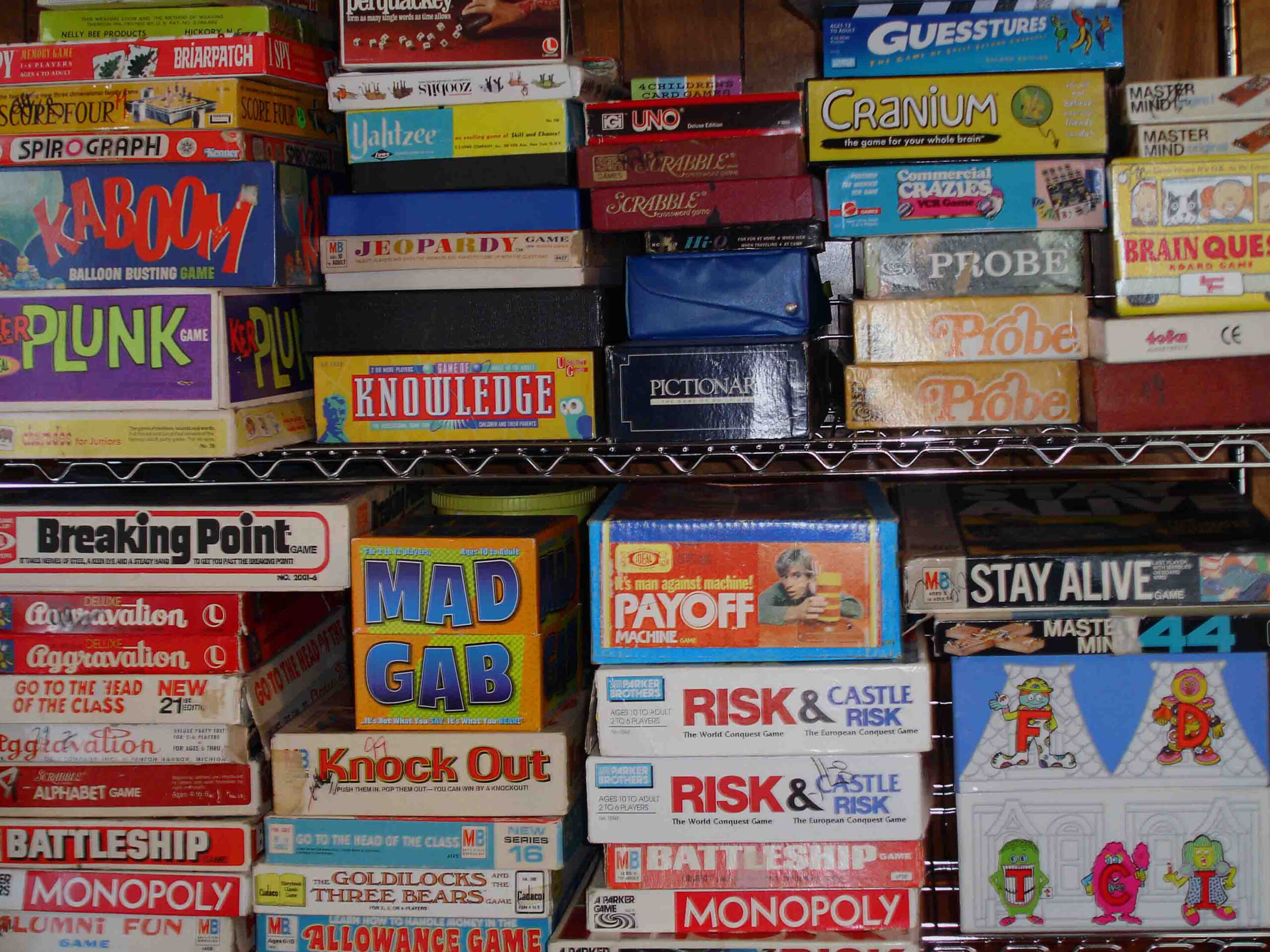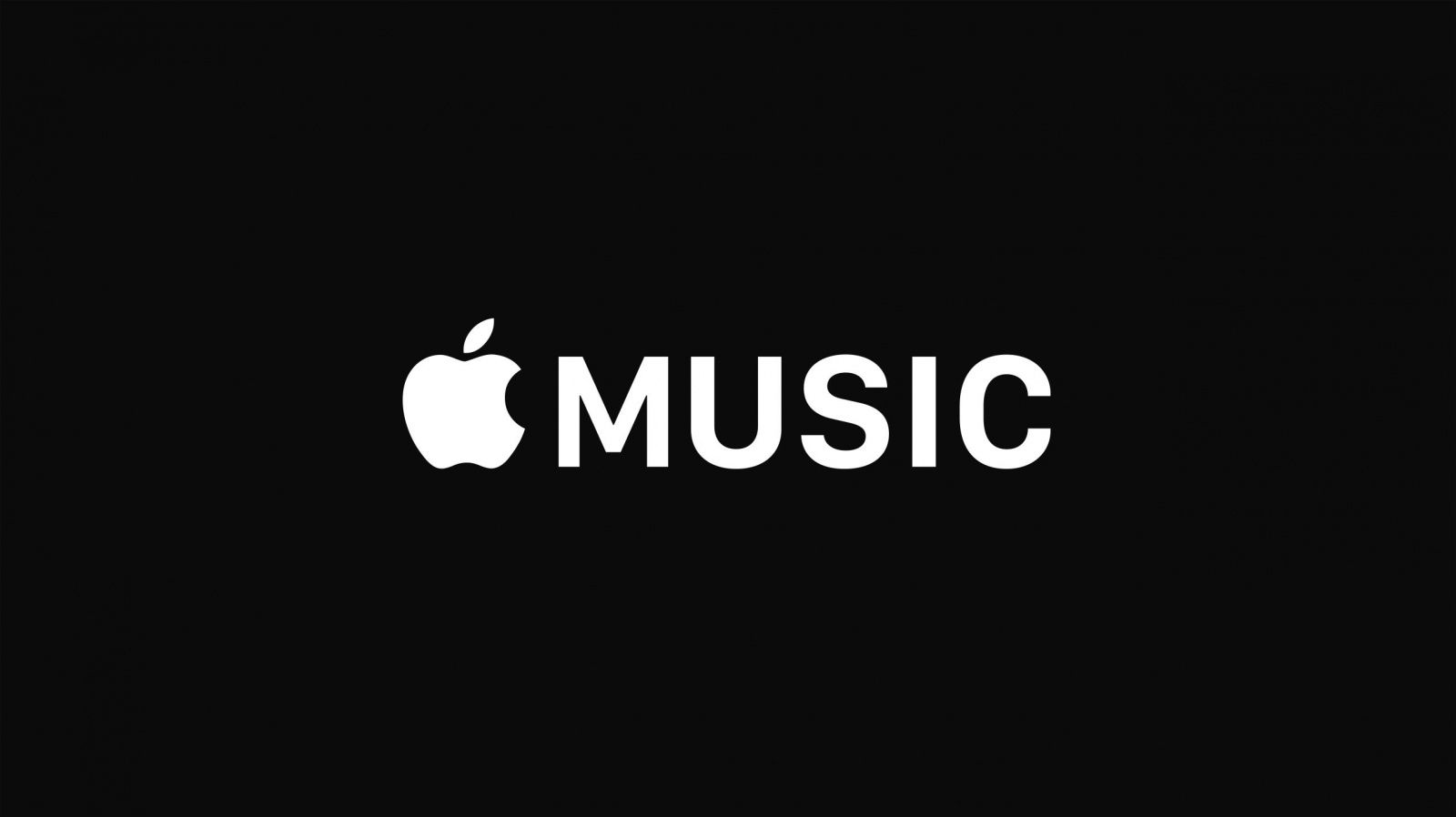I have two kids, boys, currently aged 5 and 7. We’ve been playing board games as a family almost from birth. Over the years, I’ve been constantly impressed by their ability to pick up and enjoy some of the most complex and involved modern board games.
The 21st century board game explosion has spawned hundreds of great games geared toward children of all ages. There’s nothing wrong with those games.
But I don’t think you should stop there. In my experience, kids are learning machines! Introducing them to more advanced games can be a great fun way to challenge their math, logic and reading skills.
Here are some ideas to help you choose games to play with kids.
1. Ignore Recommended Ages
The recommended ages listed on the sides of the board game boxes are almost always completely meaningless. Unlike recommended ages on LEGO boxes, board age ranges are an extremely poor gauge for complexity or appropriateness. These recommendations certainly don’t speak to the amount of fun a child might have with the game.
Sometimes it’s OK to use the age as a judge of relative complexity. For example, it’s fair to assume that a Haba game listed as ages 3+ is less complex than another game listed as 8+. But that doesn’t mean a 7 year old won’t enjoy Monza, nor does it mean that a 5 year old won’t be able to grasp Formula D with a bit of hand holding.
There may actually be a pretty good reason for the odd age listings. Games sold in the US market are subject to the The Consumer Product Safety Improvement Act, which is (apparently) a very ambiguous law that regulates the safety of products sold to children under the age of 14 [source]. It can be costly and time consuming to go through the testing and approval process. Sometimes distributors will stick an “Ages: 14+” on the side of the box and I believe sometimes the regulator will set the age based on their own findings.
Exceptions:
- Sometimes the age suggests inappropriate themes. For example, a 10 year old is probably not ready to face the violent moral dilemmas in Dead of Winter.
- Obviously, if a kid hasn’t figure out how to not put small pieces of plastic in their mouth, you might want to stick to card games. There’s no real age limit on this 🙂
2. Game Length is irrelevant
If your kids are anything like most kids, the game length listed on the side of the box is several orders of magnitude longer than your kid’s attention span. But that’s ok. You don’t have to “finish” the game.
If they’ve never played the game before they won’t know the victory conditions. I’m not advocating lying to children. I’m just suggesting on coming up with more condensed victory conditions if you believe your children won’t have the attention span to get through the entire game.
In most cases, this can be done without changing a other rules:
- If you’re playing a game with victory points, you can simply lower the total victory points needed to win.
- If the game has a fixed set of rounds, knock off one or two rounds.
- Or, simply set a reasonable time limit. This can work well with adventure games, or longer strategy games.
With some games that depend a lot of long strategy, you will lose that aspect of the game. But with the most complex games, kids will need more time to grasp the full strategy anyways. By playing shorter games, you’ll be able to keep them in the game, while teaching them bits and pieces of strategy.
3. Avoid “Take That” Mechanisms
Games with heavy reliance on “take that” mechanisms can be devastating to children. Maybe this goes without saying but, kids aren’t really accustom to the concepts of being screwed over or stabbed in the back. Doing something to take away victory points they just worked hard to earn IS MEAN and WILL make them cry.
This doesn’t necessarily mean you have to avoid playing those games altogether. I’m just suggesting avoiding take that or modifying the way you play those games.
For example, a key aspect of the Munchkin games is playing extra monsters and other cards against opponents in a fight. I simply don’t do this, I learned quickly that this does not go over well. It doesn’t take away at all from the humour or cooperative aspects of the game. One day they’re realize (or we’ll tell them) that they can play those cards against their opponents and it’ll open up an entirely new aspect of the game
4. Don’t Avoid Math and Reading
Games are probably the single best way to trick kids into learning.
Most 4 year olds can count the pips on a 6-sided dice. I’d argue that dice games are the best way to teach kids simple math.
Reading is a little more nuanced. Games with simple written commands can be a great way for kids to learn how to read. Card games with longer descriptions can be ok too. Kids are great recognizing pictures, once you’ve read the same card a few times, there’s a good chance they’re going to remember what the card does.
Card games with hidden hands and complex can be a little harder to play with kids who are still learning to read. You might be able to play the face-up hands until they learn the game. But for some games where hiding cards is really important, this might not be an option. Use your best judgement, obviously.
5. Help Them Win
If you’re playing to win, you’re doing it wrong. Kids are going to have a more positive experience if they do well and have a strong finish. They’re not going to be very happy to watch you show them how to to lose.
Playing games with kids should be a fun learning experience. Take time to hold their hands. If you see them make a strategical mistake, take a moment to explain the implications of the move and talk about different things they could do and why they might be a better idea. DO NOT tell them what to do. Do give them the opportunity to disagree with your advice.
In Conclusion, Don’t Under-Estimate Kids
Candyland, Battleship, Monoply Jr, Sorry, playing cards and all those old staples are certainly one way to waste a rainy afternoon at the cabin. The modern offerings from the likes of Haba (I really don’t know any other modern kid-focused publisher, sorry) are a great iteration on the “kids game.”
But seriously, your kids are smart and they love play.
Obvious Caveat: Your milage may vary, all kids are different.

